What was that?
Having moved back to Scotland in mid-2015 this is my first full season keeping bees here. The season has been very short. Some colonies weren’t inspected until the end of April and now, about 14 weeks later, it’s turned distinctly autumnal over the last week or so in Fife. Nectar flows have pretty much dried up, nights are much cooler and thoughts turn to preparing colonies for the winter. However, good winter preparation with strong, disease-free colonies and low Varroa levels means that, should Spring 2017 be early, the bees will be ready to take advantage of it.
The immediate priorities are to:
- protect colonies from robbing
- ensure colonies have enough stores
- remove any honey for extraction before the bees use it
Robbing b’stards
The very best way to protect colonies from robbing – either by other bees or wasps – is to keep them as strong as possible. Wasps can be very troublesome in the autumn. Smaller colonies and nucs are particularly susceptible to attack and can be devastated in just a day or so if not properly looked after. A block of foam or wood can easily be pushed into place on a full hive, reducing the space the bees need to defend. The underfloor entrance of kewl floors (right) have the added advantage of a narrow L-shaped tunnel that can be defended on the landing board and/or immediately below the frames.
It’s not unusual to have 2-4 frame nucs in mid-August, either being prepared for overwintering or with ‘backup’ queens while re-queening other colonies. If the colonies aren’t really strong enough to defend themselves they need to be given all the help they can. Reducing the entrance space to a single bee width helps a lot, particularly when the entrance is as cavernous as the design on the Thorne’s Everynucs that I use.
Stores
There’s still sufficient time for strong nucs to be built up to occupy a full hive, but they need to be given sufficient space for the queen to lay and will probably require feeding unless there’s a good late-season nectar flow. This nuc (below) started the first week of July on just a frame of emerging brood, a frame of stores and a new queen and is just about ready for a full hive. Although not obvious from the picture, the feeder on the left contains a large block of fondant which the bees are busy with. This was added as soon as the flow stopped and before the nuc got dangerously light. The bees might have survived but the queen would have slowed or stopped laying eggs and development of the colony would have been retarded. This nuc is fast running out of space and will be moved into a full hive in the next day or two.
The integral feeder on these Everynucs has space for about a kilo of fondant. Here’s another nuc started a fortnight ago with a ‘backup’ queen that was also light on stores. The parent colony were showing signs of replacing the queen so I removed her and a couple of frames of emerging brood and left them in the corner of the apiary with the entrance stuffed with grass (to deter the flying bees from returning to the original colony). After a couple of days I removed the dried grass and they’re now ticking along nicely. As they’re a smaller colony and contain predominantly young bees they lack a strong force of foragers and so need regular feeding. If the original colony successfully rears a new queen I’ll have a spare for overwintering. If not I’ll unite them back together at the end of the month.
This is the same nuc as shown in the top image with the reduced width entrance. One of the advantages of feeding fondant is there’s no chance of slopping it about and leaving spills to attract wasps to the apiary.
The image above also shows a ‘crossbar’ I add to the Everynuc feeders; this prevents the frames sliding backwards when the nucs are in transit between apiaries. The integral feeder is useful, but it means there’s no ‘stop’ against which the end of the frame topbar can rest. There is a stop fitted across the bottom of the face of the feeder (shown in a previous post) but my experience is that the inevitable jolting of a car journey means the frames lift above this and then can slide about too much with the risk of crushing bees.
Supers off
I’m resigned to it being a poor summer for honey this season – a combination of a late spring and consequent slow colony development, variable weather during the summer and an extended queenless period for many colonies due (again) to lousy weather for queen mating. Clearers are now on the majority of colonies with filled supers. I’ll retrieve all the filled frames for extraction and make up new supers with the leftovers (incompletely filled or too high water content). The latter will go back onto strong colonies, either in the hope of a late season top-up from the himalayan balsam or for winter stores.
The opening video clip was from the second series of Fawlty Towers first shown in 1979. Immediately before it Basil and Sybil are discussing their early married life …
Basil Fawlty … “Seriously, Sybil, do you remember, when we were first manacled together, we used to laugh quite a lot?”
Sybil Fawlty … “Yes, but not at the same time, Basil.”
Just retrieving the clip from YouTube means I’ll now be spending half the evening chuckling over other bits of this classic series.
Basil Fawlty … “Well… may I ask what you were expecting to see out of a Torquay hotel bedroom window? Sydney Opera House, perhaps? The Hanging Gardens of Babylon? Herds of wildebeeste sweeping majestically…”
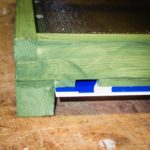
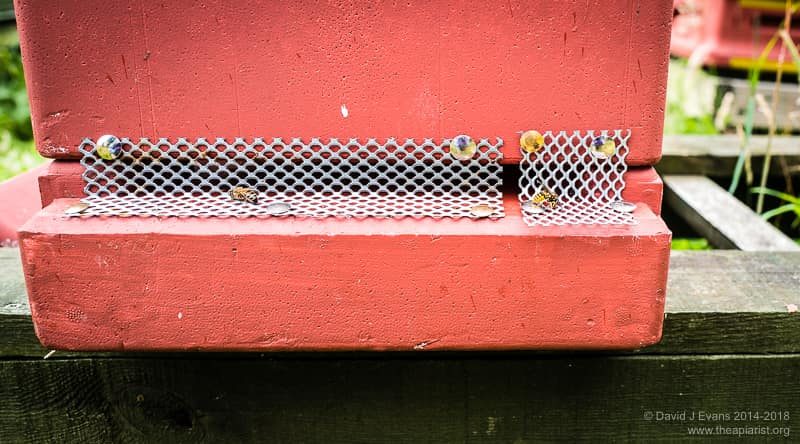
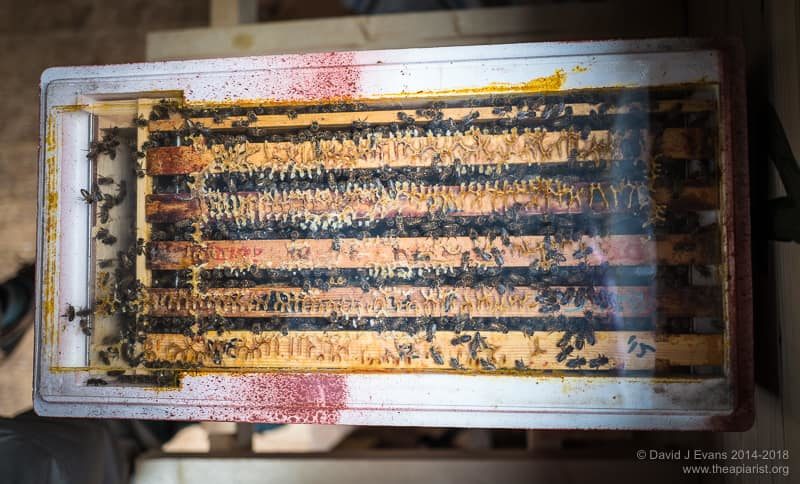
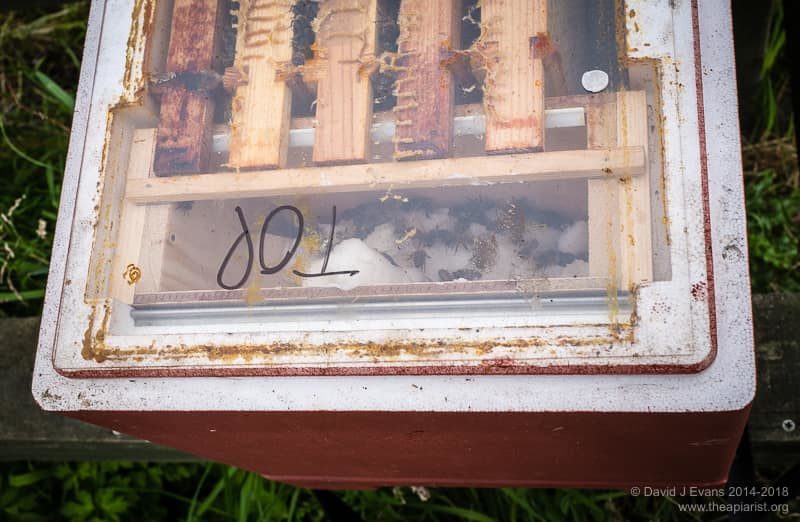
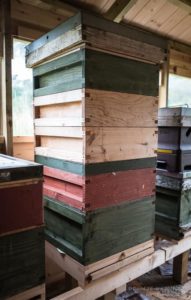
Join the discussion ...